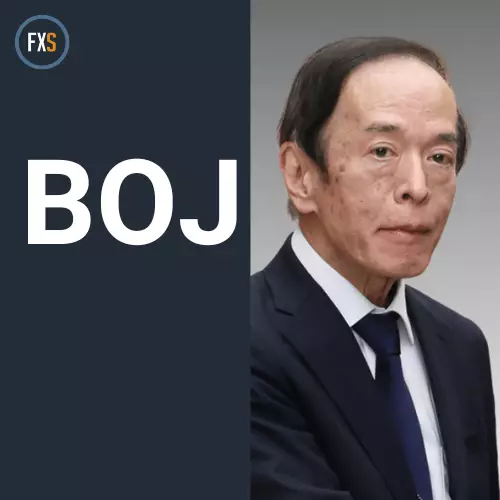The Bank of Japan (BoJ) is set to keep its policy interest rate unchanged in the near term, signaling continuity in its approach to monetary policy. This decision indicates a cautious strategy that aims to foster economic stability while comprehensively addressing inflation concerns. Given the complexities of the Japanese economy, including its historical struggles with deflation and the recent global inflationary pressures, this position reflects the BoJ’s commitment to a stable economic environment.
As investors navigate these waters, their attention should be directed towards the BoJ’s anticipated moves in the upcoming months. The central bank’s communication, particularly through its leadership, plays a crucial role in shaping market expectations. With speculation brewing regarding potential shifts in policy, understanding the trajectory of interest rates becomes vital for making informed investment decisions.
Governor Kazuo Ueda has emerged as a pivotal figure in the bank’s recent hawkish narrative. His stance suggests a readiness to adjust strategies based on prevailing economic conditions. While maintaining the current policy rate, Ueda is expected to continue emphasizing the importance of monitoring inflation, labor market dynamics, and consumer sentiment. Investors should closely analyze his remarks and guidance, as they may offer crucial insights into the bank’s future direction.
The BoJ’s decisions are increasingly influenced by a myriad of economic indicators. Analysts point to recent data on employment rates, consumer spending, and international trade as key factors that could prompt a policy reevaluation. A robust recovery in these areas might lead the bank to consider tightening monetary policy sooner rather than later. Consequently, market participants should remain vigilant and responsive to fluctuations in these economic metrics, as they could signal shifts in the bank’s stance.
In addition to domestic economic conditions, external factors play a significant role in shaping the BoJ’s policy framework. Global economic developments, geopolitical tensions, and trade relations impact Japan’s economic landscape, leading to potential adjustments in monetary policy. Investors must therefore consider the interconnected nature of the global economy and its implications for the BoJ’s decision-making.
The Bank of Japan’s decision to maintain its policy rate unchanged reflects a deliberate approach to managing economic complexities. As the market anticipates future adjustments, investors would benefit from staying informed about both domestic and international economic indicators. By doing so, they can better navigate the uncertainties of the economic landscape and make strategic investment choices in response to the evolving policy environment. The road ahead may be uncertain, but with careful analysis and awareness, investors can position themselves advantageously in a dynamic economic setting.

